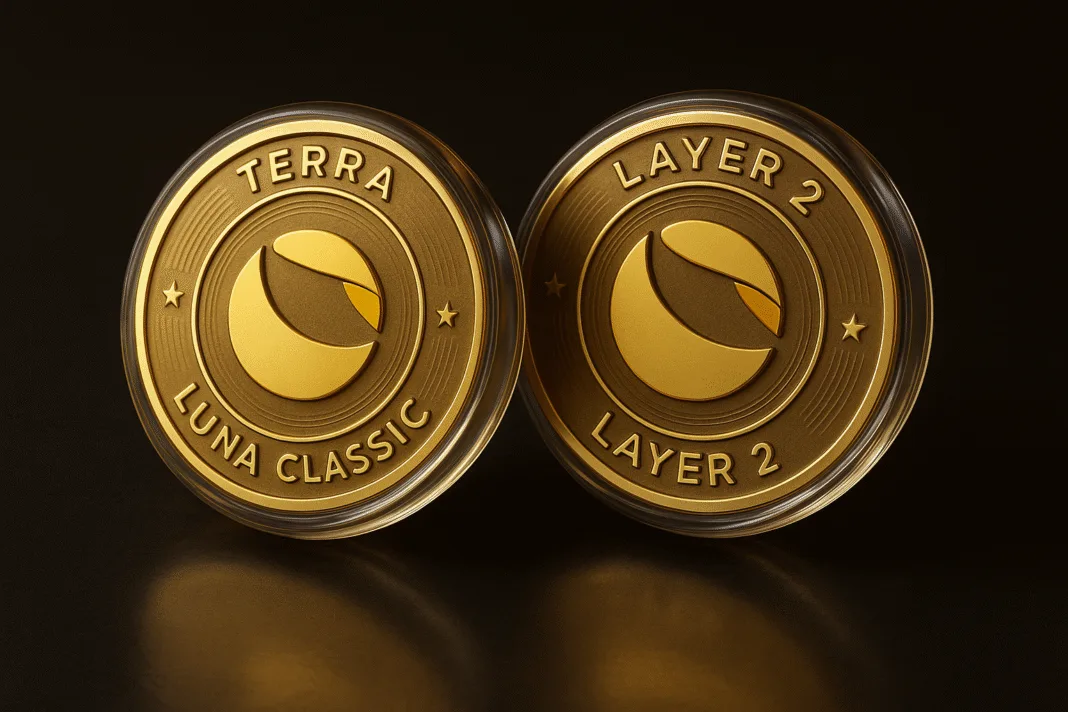If you’re exploring the world of blockchain and Luna Classic (LUNC), you’ve probably heard the terms “Layer 1” and “Layer 2.” But what do they really mean, and how do they affect the future of Terra Classic?
Let’s break it down in simple terms.
What is Layer 1?
Layer 1 is the base blockchain network. It handles everything: security, data, and transactions. Examples of Layer 1 blockchains include Bitcoin, Ethereum, and Terra Classic.
Since Luna Classic is a Layer 1 blockchain, it has its own independent infrastructure and consensus mechanism (Tendermint Proof-of-Stake). It processes transactions directly on its chain without needing another network to support it.
That means when you send LUNC, interact with smart contracts, or build dApps, it all happens directly on the Terra Classic chain.
What Is Layer 2
Layer 2 is built on top of Layer 1. It is still on-chain and part of the Luna Classic network. The goal of Layer 2 is to make the system better by offering more features. This includes faster services, extra tools, or custom platforms.
Some examples of Layer 2 projects in Luna Classic are: Juris, Selenium, MIOFF, WESO and FRG.
These projects are not separate blockchains. They use the power of Luna Classic and DeFi like Terraswap, Terraport, Garuda, or Vyntrex. All actions happen on the Luna Classic chain.
Why This Is Important
Understanding Layer 1 and Layer 2 helps you see how the Luna Classic system works:
1. Layer 1 is the engine
2. Layer 2 adds upgrades on top
3. Both are on the same blockchain
4. All activity stays on-chain and transparent
As the Luna Classic community grows, more Layer 2 projects will help make LUNC more useful in the real world.
Final Words
Luna Classic has a strong base with Layer 1 and is now building exciting apps on Layer 2. This is great news for users, developers, and long-term holders.
If you want to explore DeFi, start with apps like Terraswap or Terraport. If you want more advanced use cases, keep an eye on Layer 2 projects.

